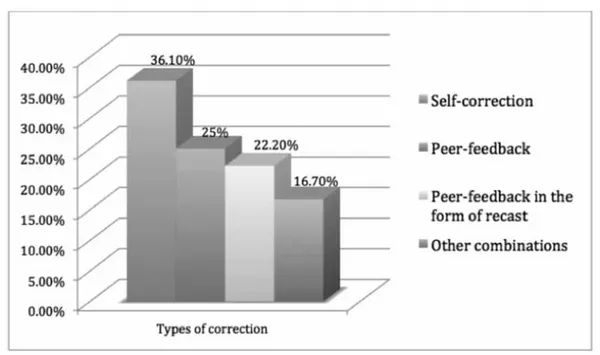Analysis of Telecollaborative Exchanges among Secondary Education Students: Communication Strategies and Negotiation of Meaning
Texto completo
Figure



Documento similar
The draft amendments do not operate any more a distinction between different states of emergency; they repeal articles 120, 121and 122 and make it possible for the President to
In this context, this study was conducted within a Mexican university and a Span- ish university in order to (i) analyze the frequency of sexting behavior in Mexican and
The current study adds to this body of research by examining the number and type of self-assessment strategies and criteria among higher education students in a ran- domized
This study presents the findings of a year-long e-mail exchange between learners of English at Nebrija University in Madrid and learners of Spanish at Trinity College Dublin during
Taking into account that the tendency in Spanish schools is to establish a bilingual primary education system (Spanish and English), those students who do not major in English
The “Course for Erasmus and International Exchange Students” of the University of Mala- ga, 70 class hours, allows students to consolidate and acquire Spanish skills in order to
The first goal is to examine the presence of the terms Communication / Social communication / Information (scientific field) and Audiovisual communication
Important evidence of this research was (a) the use of a common interest activity to increase social interactions between peers and ASD students; (b) the use of a school setting